Plinth – refers to a solid base or box on which a sculpture is placed
To remember what plinth means, recall the following:
She planted a hyacinth (plinth) in a pot and placed it on a solid base, as if it were a statue.
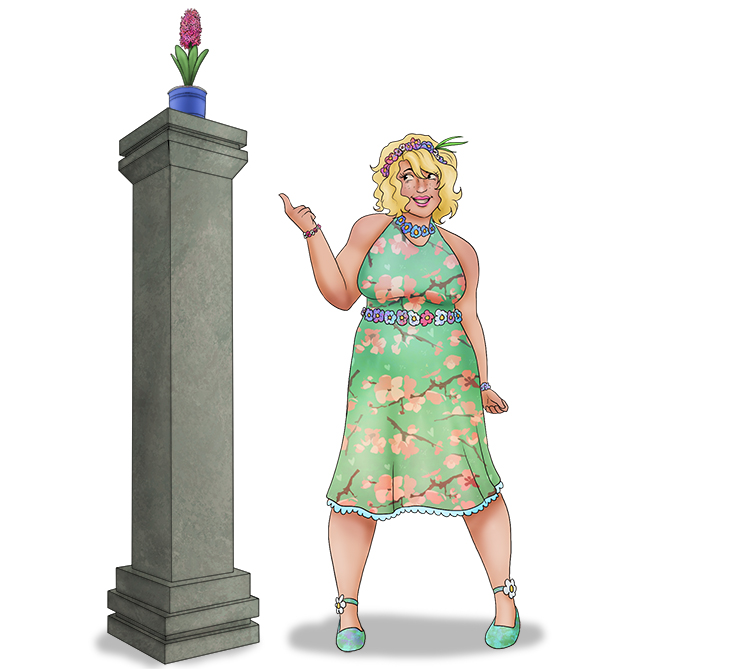
Plinths give otherwise unsteady statues a solid base to stand on. They can be inconspicuous or a decorative part of the installation and help the statue stand tall above everything else.
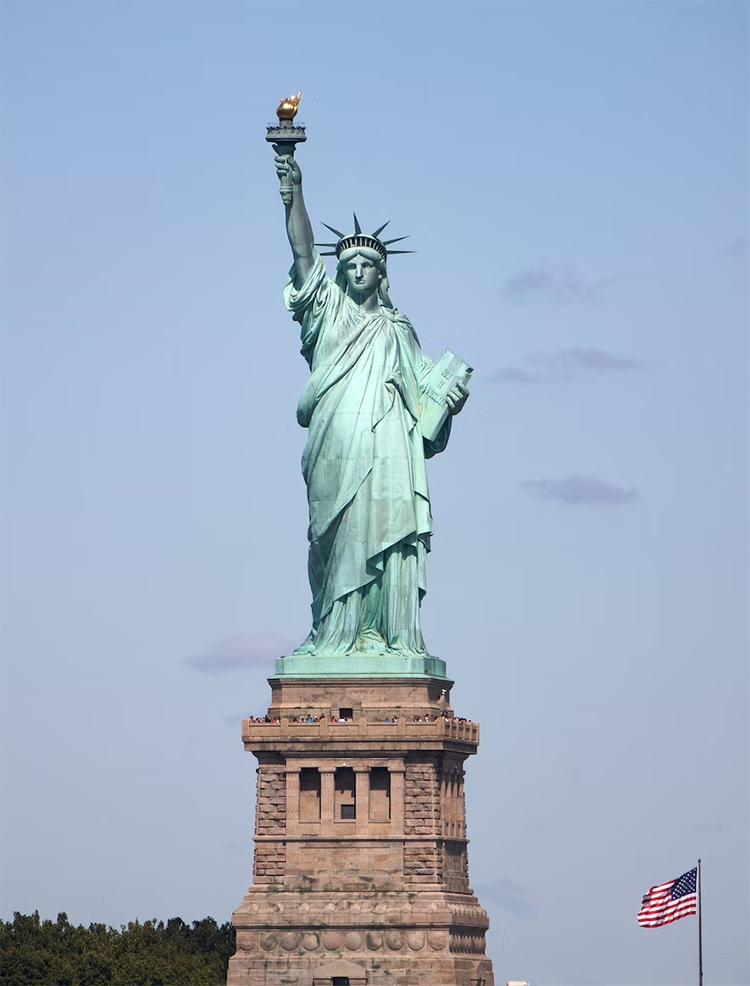
Ignoring Lady Liberty herself, the plinth she stands on is also impressive.
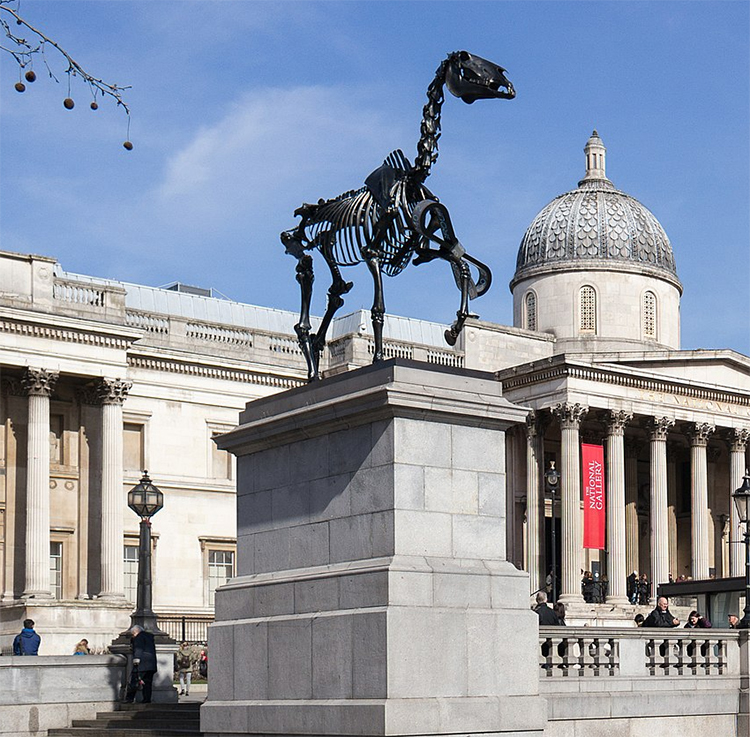
Stock photo of the Hans Haacke sculpture on the Fourth Plinth at London's Trafalgar Square.
Plinth Project
For this project, we are going to create our own plinth. You will need: 3 mini terracotta pots (around 5cm tall) which come with their own saucer (these can be purchased cheaply online or found in craft stores and garden centres), strong glue, grey paints, a sponge and a small figurine that will fit on top of the pot.
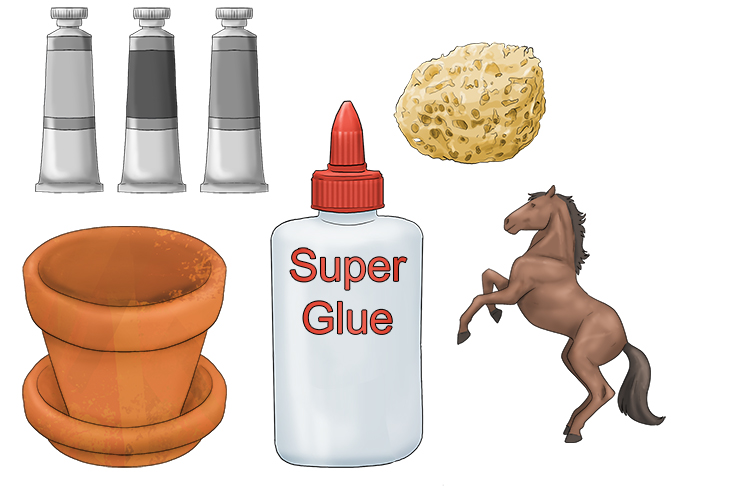
Start by gluing the terracotta pots together in the order as shown below. Place an upside down saucer on the bottom and glue a pot the right way up onto this base saucer. An upside down pot should then be glued around the circumference and attached to the pot on the saucer. Another pot can then be added by gluing their two bases together. Finally, an upside down saucer should be glued to the top pot.
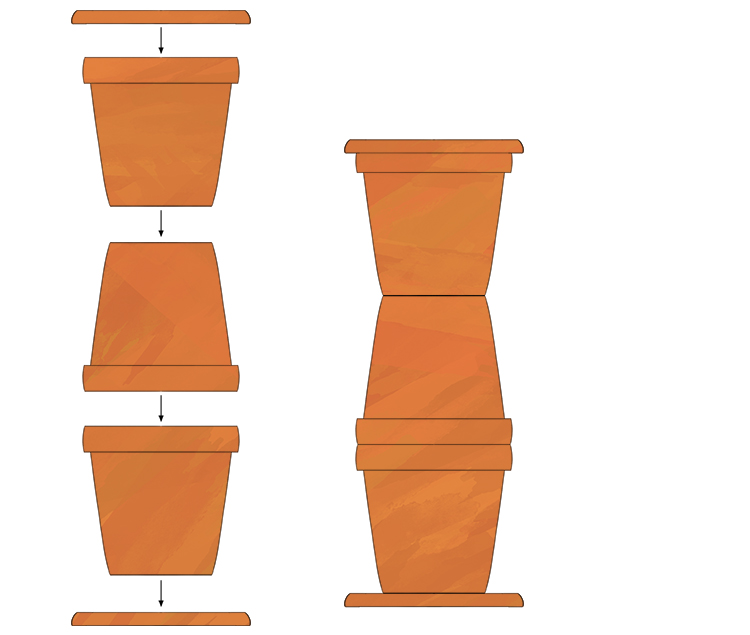
Once the glue is dry, paint the pots grey. You can use a sponge to dab on other colours of grey to give them a more authentic stone look.
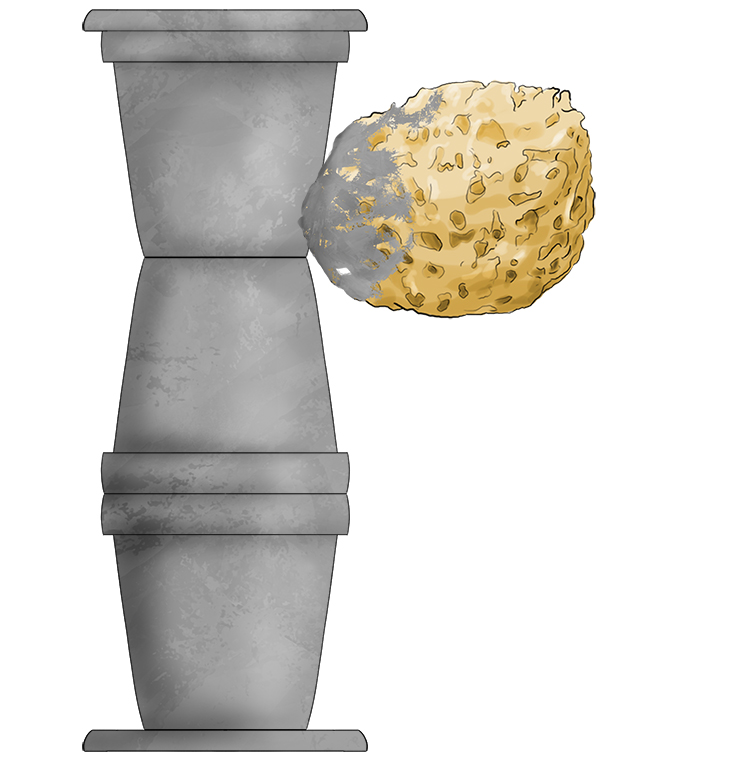
Do the same with your figurine, until it also looks like it's made of stone and once dry, glue it to the top of your plinth.
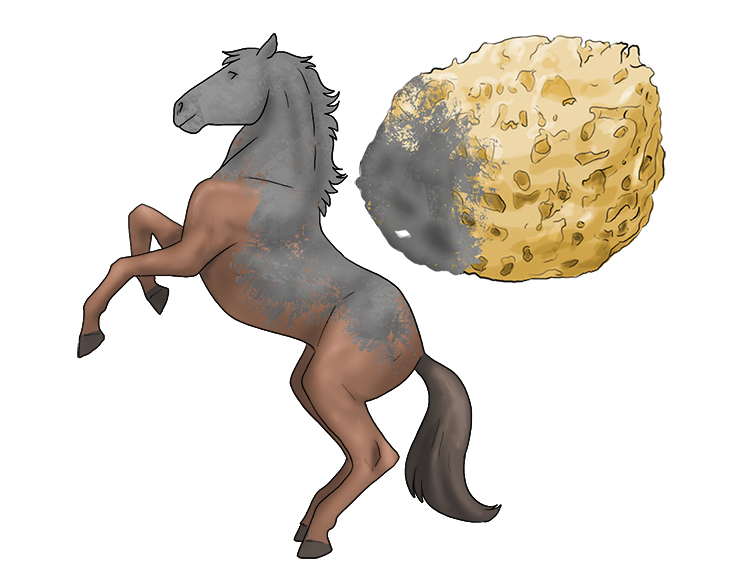
You now have a statue on top of a plinth!
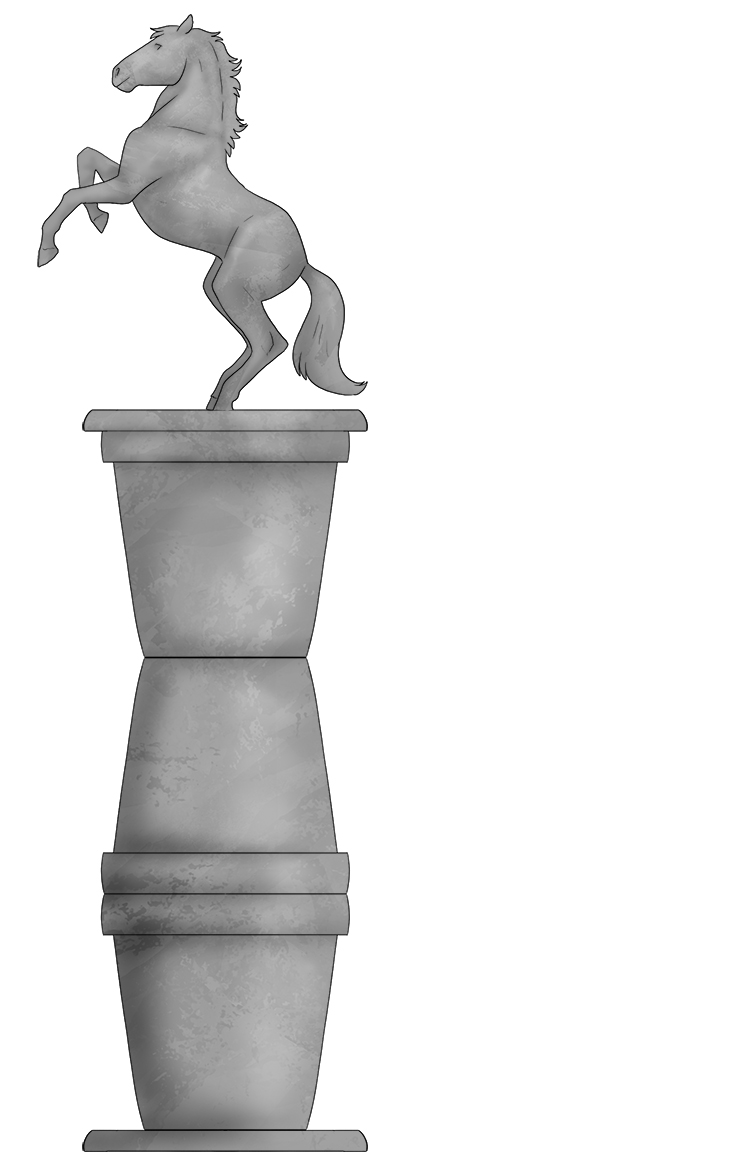
Plinth.




